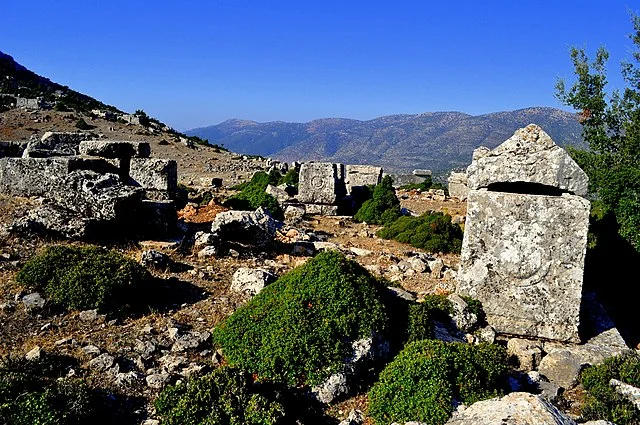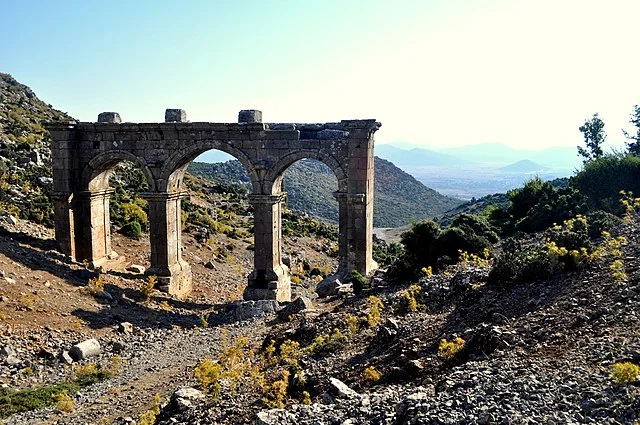Ariassus was an ancient city located in the region of Pamphylia, in what is now southern Turkey. It was a significant urban center in antiquity, primarily known for its connections to the Hellenistic and Roman periods. The city’s remains provide important insights into the culture and economy of ancient Anatolia.
Get your dose of History via Email
Geography and Location

Ariassus was strategically situated on the river Eurymedon, near the modern town of Serik in Antalya Province. Its location offered access to the fertile plains of Pamphylia, which helped the city thrive. This position also allowed Ariassus to engage in trade with other regions of Asia Minor and beyond.
Early History
The city’s founding is unclear, but it likely originated in the Hellenistic period, around the 3rd century BC. It became an important center during the reign of the Seleucid Empire. Like many cities of the time, Ariassus was influenced by Greek culture and politics.
Hellenistic and Roman Influence
During the Hellenistic period, Ariassus was a part of the Seleucid Empire. It later came under the control of the Roman Empire in the 1st century BC. Under Roman rule, the city flourished economically and culturally. The city’s wealth is evidenced by the remains of public buildings, baths, and temples.
Architecture and Ruins
The ruins of Ariassus showcase the city’s architectural diversity. The most notable remains include a theater, agora, and numerous houses. The theater, in particular, is well-preserved, offering a glimpse into the city’s public life. Additionally, inscriptions found in the area reveal the city’s administrative and religious practices.
The city’s urban layout reveals typical Roman influences, with broad streets and monumental buildings. A number of temples dedicated to Roman gods have been discovered, highlighting the city’s role in the Roman religious system. These structures reflect the integration of Ariassus into the broader Roman world.
Decline and Abandonment
Ariassus began to decline during the later Roman Empire, likely due to a combination of economic factors and shifting trade routes. The city was gradually abandoned, and by the medieval period, it had ceased to function as a major urban center.
Today, the ruins of Ariassus are an important archaeological site, offering valuable insights into the daily life, economy, and religious practices of ancient Anatolia. The site continues to be studied by archaeologists, shedding light on the complex history of this once-prosperous city.
Source:

